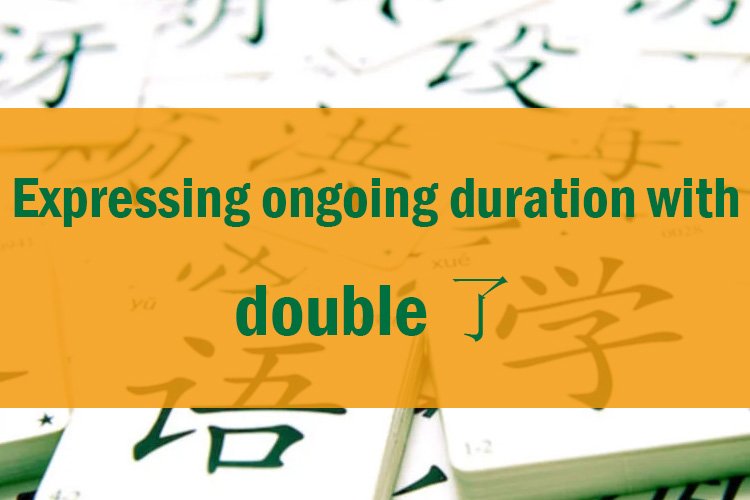Expressing Ongoing Duration With Double 了
The 了 particle is used in many different ways. We have learned the three usages of 了 in Week 5.
1. Completion with 了:
Indicates that an action is completed.
Emphasize that you completed doing something for a period of time
Appears with verb complements
2. 了 to mark change of state:
Expresses “it is no longer the case that … anymore”
Expresses “it is now the case that…”
3. 了 in set structures. These are best seen as fixed vocabulary items.
Today, we will explore how to use the double 了 to express the duration of an activity that is ongoing.
Expressing how long you did something in the past is one thing, but what if the action is still ongoing?
A clarifying example (in English) is appropriate:
I lived in Shanghai for 5 years. (concluded, not ongoing)
I have lived in Shanghai for 5 years. (mostly likely ongoing)
I have been living in Shanghai for 5 years. (definitely ongoing)
This article is about expressing the third situation above, the one which is definitely ongoing.
Such a sentence expresses both completed action and change of state. So it means something like “it is now the case that this has been completed”. It most commonly expresses what has been completed “up until now” or “so far”. Here are some examples of double 了 sentences. Note that these sentences nearly always include 已经 (already) to show what's been done up until now and the activity that is still ongoing:
|
Subj. + Verb + 了 + Duration/Quantity + (Obj.) +了 |
|
|
Tāmen yǐjīng pǎole liǎng gè xiǎoshí le. ——> They've been running for two hours. 他们已经跑了两个小时了。 |
——> implies they are still running. |
|
wǒ yǐjīng chīle shí gè jiǎozi le. ——> I've been eaten ten dumplings. 我已经吃了十个饺子了。 |
——> implies I am still eating. |
|
The first 了 is placed after the verb (to indicate that the action is completed), followed by the duration or the quantity, followed by an additional 了 which tells us that the action has not concluded and is ongoing. You can think of the second 了 as communicating the meaning of "up until now." |
|
When the Verb Takes an Object:
|
Subj. + Verb + Obj. +Verb + 了 + Duration +了 |
|
| Tāmen yǐjīng zài EM xué zhōngwén xué le sì gè yuè le. ——> They've already been learning Chinese for four months in EM. 他们已经在EM学中文学了4个月了。 |
——> implies they are still learning Chinese in EM. So far it's already 4 months. |
|
Evan wán diànnǎo yóuxì wán le duōjiǔ le? ——> How long has Evan been playing computer games? |
——> implies Evan is still playing computer games. So far it's already the entire morning. |
| Evan wán diànnǎo yóuxì wán le yī gè shàngwǔ le. ——> Evan has been playing computer games for the entire morning. Evan玩电脑游戏玩了一个上午了。 |
|
| Note that when the verb has an object, the verb is often repeated. | |
Chinese 了 grammar super short summary
And now a very, very short summary of 了 grammar:
1. Completion with 了:
Indicates that an action is complete.
Emphasize that you completed doing something for a period of time
Appears with complements
2. 了 to mark change of state:
Expresses “it is no longer the case that … anymore”
Expresses “it is now the case that…”
3. 了 in set structures. These are best seen as fixed vocabulary items.
4. Expressing ongoing duration with double 了
Expresses what has been completed up until now, or so far.
Websites:


